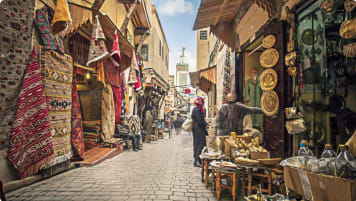Victorian England Rural Life: The Definitive Guide for Travellers
Article about Rural life in Queen Victoria's reign. A period of significant historic change through people and the industrial revolution. For an educational small group tour with tours on Queen Victoria and also the Industrial revolution. for senior couples and mature solo travellers.
23 Sep 21 · 9 mins read

Victorian England Rural Life
In this post we will look at what rural life was like on a country estate in Victorian England. Janet Sacks’ Victorian Country Life is a good reference for those who want to know more; other sources for this article are linked throughout the post.
While certain aristocratic titles have been extinguished and portions of their estates bequeathed to the National Trust, a third of Britain’s land still belongs to the aristocracy. Chris Bryant, writing for The Guardian in 2017, pointed out that “the lists of major aristocratic landowners in 1872 and in 2001 remain remarkably similar.” Before the age of machines, the British landed aristocracy, composed of about 900 families, enjoyed the fruits of empire and the feudal rights awarded and inherited by them through many generations, and “dominated country life in the 19th century” (Janet Sacks, Victorian Country Life, 2012).
The “upstairs and downstairs” life inside the grand country houses and on the estates of the British nobility continues to be a source of fascination, evident in the popularity of its dramatic depictions in shows like Downton Abbey, and the public’s patronage of “open houses” for manors such as Broughton Castle in Oxfordshire, which has been owned by the Fiennes family (Baron Saye and Sele) since 1377 and where they still reside, and Highclere Castle, the seat of the Earl of Carnarvon and where Downton Abbey was filmed.
Small group tours on Rural Life in Victorian England
If you want to learn more, Odyssey Traveller organises tours related to Victorian England rural life. Our 19-day Villages of England small group tours for mature aged and senior couples and single travellers takes you through different eras and across a variety of beautiful landscapes, with professional guides teaching you about the history and culture of rural England. In what have become popular tourist towns in England, we will view thatched cottages, working buildings, the local parish church, the inn, and the country house built of Cotswold stone. We will explore the neighbourhoods of east Sussex, Oxfordshire, Gloucestershire, Cotswolds, Devon and Cornwall. We go on a drive to the Lake District via Settle, a market town in West Yorkshire whose charter dates to 1249 and which has a wealth of heritage-listed buildings.
This program explores and provides delight in visiting and learning about the history of some of these English countryside villages. This historic small group tour also provides a look at life in a castle, mansion, or manor house on a country estate. Short guided walking tours and village museums provide interesting insights into rural village life often dating back to medieval times.
We’ll list more of our organized tours at the end of this post, but first, let’s look at what rural life was like in Victorian England.
The British Aristocrats
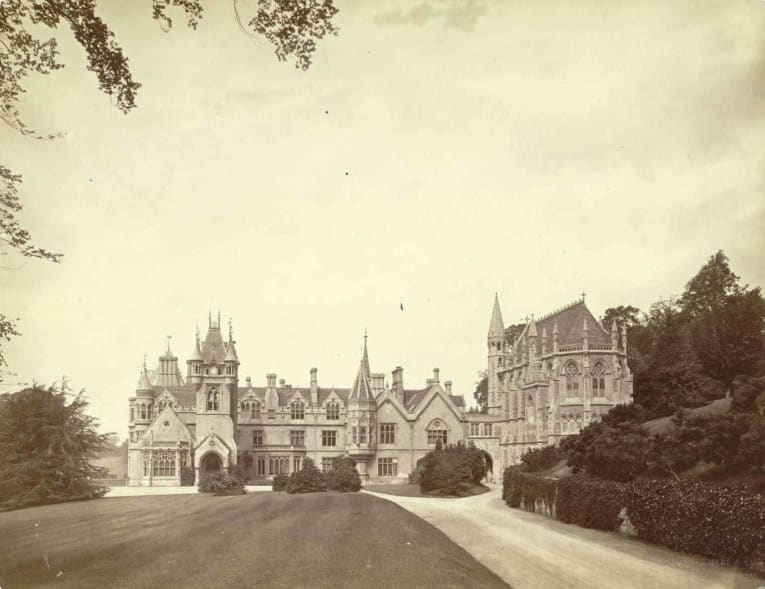
The Industrial Revolution had an enormous effect on the British commoner, but also on the landed nobility. As economy shifted from agriculture to industry, from the countryside to the city, the elite started to see that their titles and ancestral homes were being stripped of previous power and opulence. This worsened during and after World War I, with the British government increasing estate income taxes in an effort to generate revenue to pay the cost of the war.
Those who managed to adapt thrived. Lords and ladies started to downsize, simplifying their way of life and selling properties and possessions they could no longer afford to maintain. Others found creative ways to solve their money problems, such as marrying wealthy foreign heirs or heiresses in order to infuse new wealth that would keep a country house running.
The most successful invested in industry, such as coal mining and railway construction (Sacks, 2012, p.5). Those who owned land in London and other city centres grew even wealthier from rental income. The price of land in the country fell as city housing prices skyrocketed, and aristocratic landowners took advantage by becoming landlords, building houses and flats and selling them on a leasehold basis. This meant the “owners” of these homes pay ground rent to the aristocrats “to whom the property reverts when their leases (which in some areas of central London are for no more than 35 years) run out.” The Duke of Westminster, for example, owns parts of Mayfair and Belgravia in London, and Earl Cadogan owns parts of Cadogan Square, Sloane Street and the Kings Road, locations that command high rental values.
Home Life in Victorian Britain
In British history, the Victorian era refers to the period of Queen Victoria’s long reign, from 1837 until her death in 1901, during which the British Empire reached its peak. According to Sacks, at the start of Victoria’s reign, the upper classes were seen as “profligate and arrogant” (p.6), but this changed as domestic and family life took centre stage, epitomised by Victoria, the “mother of the nation”, who by the 1890s would be ruling over a quarter of the world.
The Queen, with her beloved husband and her many children, served as the model of pious and respectable domesticity. The upper classes followed the monarch’s example and embodied her virtues, becoming active in philanthropy and church.
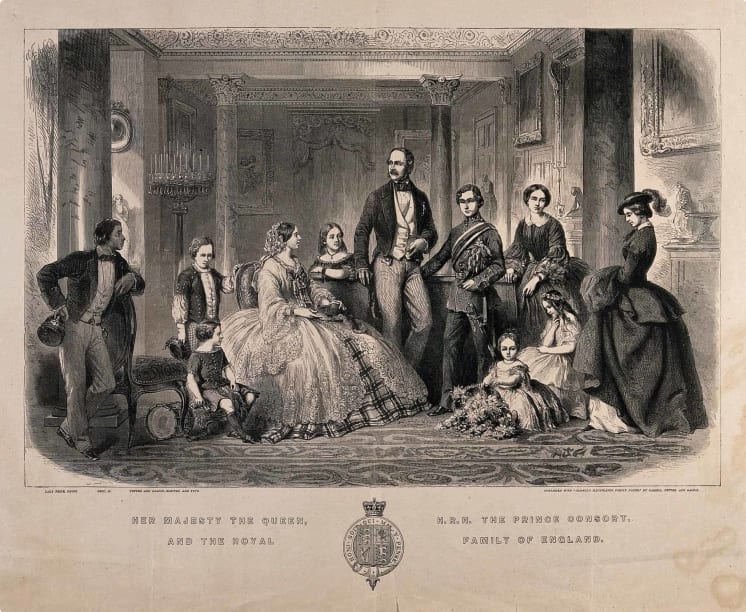
The manors shed their fortifications to embrace this new domesticity, and the aristocrats decorated their homes to make them warm and inviting. The great hall, dating back to the middle ages, was used to receive guests and tenants, and continued to be used as such by the 19th century lords to throw balls and celebrate special occasions. This site of hospitality later became the more informal living room, furnished with sofas and billiard tables (Sacks, pp. 8-9). Outside the house, gentlemen entertained guests with sport, such as croquet and shooting.
While the great hall became more intimate, the drawing room became more formal with the institution of two social functions: morning calls and afternoon tea (Sacks, pp. 9-10). “Drawing room” is a shortened form of the 16th century term “withdrawing room“, a formal room where the master and mistress of the house and their guests can “withdraw” for more privacy. For example, the White Drawing Room in Buckingham Palace is where the Queen formally receives guests before they head to the other State rooms to mingle.
Morning Calls
Some of the protocols associated with morning calls had been established during the Regency Era (or the period immediately before the Victorian Era) and reinforced by the Victorians with a strict set of rules. Calling cards, or visiting cards, containing a person’s name and title (later, address and “at home” days when calls were received), were an essential part of this social ritual. Cards grew in size (9 x 6 cm) and became more embellished during the Victorian era.
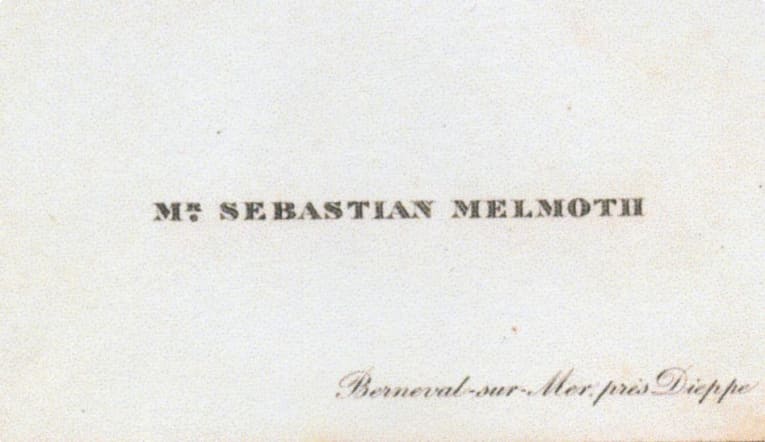
As gentlemen carried their cards in their breast pockets, their cards were usually smaller than ladies’ cards. Ladies’ cards were placed in card cases made of ivory or tortoiseshell.
Cards were left with a servant and placed in the entry hall, with names of high-ranking people placed on the top of the pile so it could be seen by anyone entering the house, effectively communicating the residents’ social standing.
If a family was temporarily leaving town, they wrote P.P.C. (pour prendage conge, “presents parting compliments”) on the cards they left with neighbours and friends.
“Morning calls” were actually made in the afternoon after luncheon, so as not to interfere with the important meals of the day, and only last twenty to thirty minutes. Polite conversation was expected and ladies might continue doing their needlework during a call.
Afternoon Tea
The afternoon tea is a more recent tradition, introduced in 1840 by Anna, the 7th Duchess of Bedford. The story goes that the Duchess would start getting peckish around four o’clock in the afternoon; lunch was light and supper would not be served until eight o’clock in the evening. To survive the long wait for supper, the Duchess asked that a tray of tea and a light snack of bread and butter be sent to her room. Before long, she was inviting friends to join her.
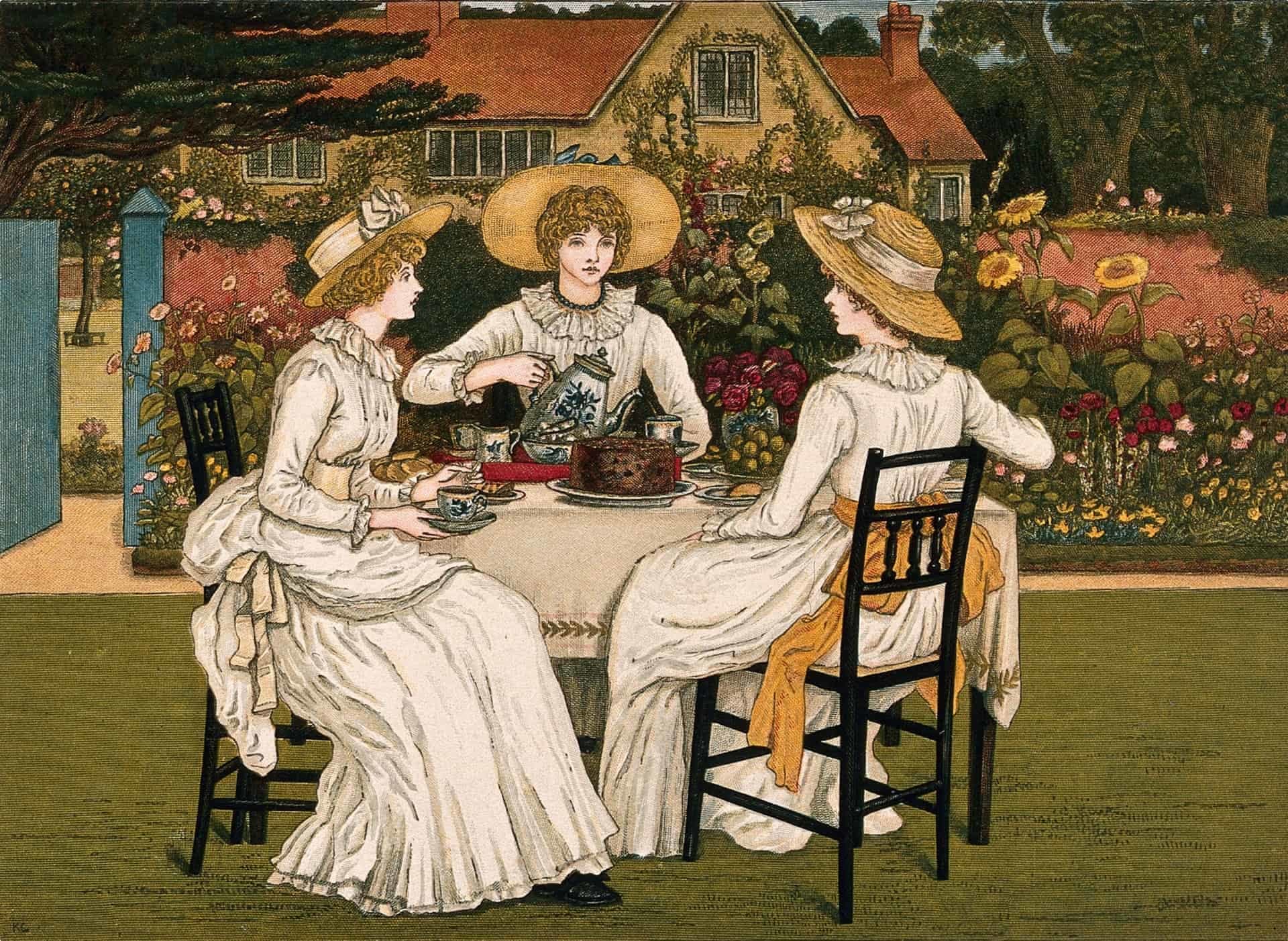
The habit of having “afternoon tea”, which included dressing up and sitting at a table outside or in the drawing room, was picked up by her social circle and became a quintessential English tradition that survives to this day (although in a less formal form). The traditional afternoon tea usually includes sandwiches, scones with clotted cream and jam, cakes, biscuits, and pastries, served on a tiered cake stand, with tea served in good china.
Servants and Farmers
Before the Industrial Revolution lured farmhands to the city and introduced new labour- and time-saving technologies to the household, the country house was an important hub of employment in rural Britain. A grand house would employ about fifty servants, making domestic service Britain’s biggest employer in the 19th century.
John Arlidge, writing after the death of Queen Elizabeth II’s mother, described the opulence of the Queen Mother’s aristocratic life. (As Arlidge reports, this was an expensive lifestyle that was way beyond the means of the Queen Mother’s annual income from the Civil List, and which led to her being regularly bailed out by the Queen “to the tune of a million or two [million pounds] a year.”)
A Fabergé bell for service at home was essential. Footmen stood behind nearly every chair. At her lodge on the Balmoral estate, flowers were planted to bloom to coincide with her arrival in August, and a log fire burned in every room, even in summer. In her bedroom at Clarence House, her London home, the two cherubs on her four-poster bed had their angel’s clothes washed and starched every month.
Victorian servants had specialised roles and had a strict hierarchy. The butler and housekeeper were responsible for the team of footmen (and coachmen) and housemaids, respectively. The lady’s maid attended to the mistress of the house, while the valet was the master’s personal attendant. The cook ran the kitchen (which was built far from the main house so the cooking smells wouldn’t waft into the manor) and oversaw the kitchen maids. At the bottom rung of the household staff ladder were the hall boy and tweeny (or scullery maid), who assisted the staff. If the household had children, additional senior staff included the governess and the nurse.
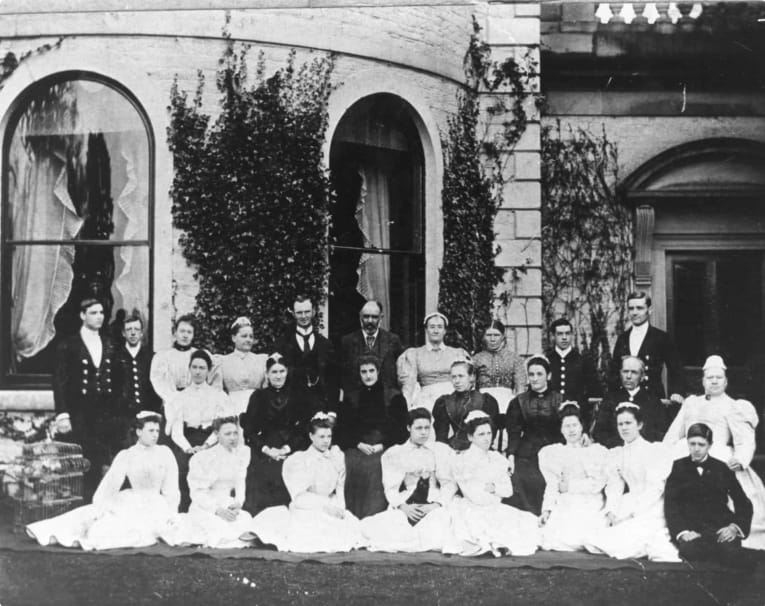
The staff lived in the servants’ wing of the country house and were governed by rules of conduct, including performing the duties that befitted their station (e.g. the butler should not be expected to do a footman’s duties, such as waiting at dinner and clearing the plates) and staying largely out of sight of the members of the family by using “an intricate system of back stairs” (Sacks, p. 11).
A country estate would also have tenant farmers and below them, farm labourers. Tenancy is an agricultural system wherein the landowner provides land and operating capital, while the tenant farmer provides his labour (in perpetuity or for a fixed number of years, depending on the contract). By the 19th century, about 90% of agricultural land in England and Wales was tenanted.
Tenants gave a significant portion of their proceeds to the lord of the estate, and the lord was responsible for his tenants’ well-being and the overall management of the property. Many tenant farmers became affluent, living in farmhouses with their own servants.
Farm labourers, on the other hand, lived in small cottages, often overcrowded with six people living in a one- or two-bedroom house (Sacks, p. 14-15). Most of their wages was spent on rent and food, supplemented by raising pigs (p. 19). The day of a pig’s slaughter was a special event. Some portion of the meat was salted and cured so it could be rationed for days.

Clothes were lower in the priority list of things to buy, and so had to be worn until threadbare. Older siblings handed down clothes to younger siblings.
The Industrial Revolution changed all this. Factories, faster transportation, and mass production lowered the price of food, clothing, and household items. Even the poor farm labourer was able to add variety to his and his family’s diet with tinned meats and cheap, imported foodstuff, and managed to stretch his wages to buy items for his household, such as kitchen ranges, furniture, and crockery (p. 21).
Rise of the Middle Class
The Industrial Revolution also shook up the social hierarchy of the upper classes. People who found their fortune in business and industry now had personal wealth to buy country estates and employ servants themselves. (Though they need not employ as many as fifty. As the century progressed, labour was slowly replaced by new appliances, and domestic service roles became less rigid and specialised.)
The new Victorian “middle class“, sitting below the aristocracy but more affluent than workers, who emphasised personal achievement over inheritance, now had the means to acquire the social and political power once exclusively held by the aristocracy.
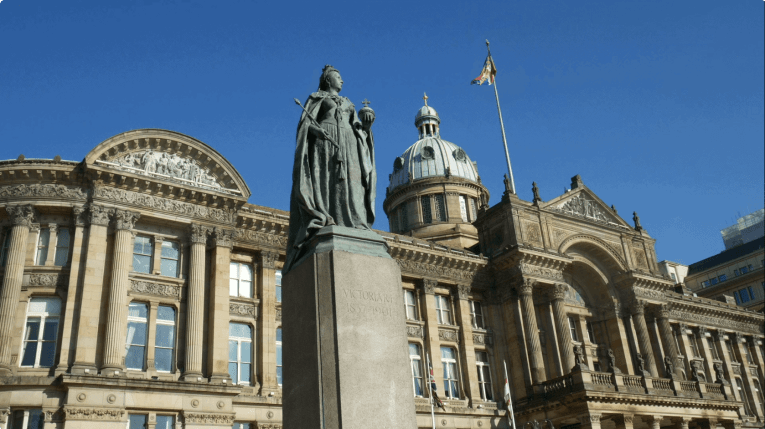
If you want to learn more about Britain and its history, consider joining Odyssey Traveller’s Queen Victoria’s Great Britain tour.
This 21-day small group program provides participants with talks and short lectures from a group of guides with expertise on Victorian Britain. The tour commences in London and concludes in Glasgow.
In Odyssey Traveller’s Exploring Britain through its Canals and Railways tour we visit the key sites associated with the history of the railway and canal systems. We travel from the midlands of England and North Wales, up the west coast to Scotland, before returning down the east coast to London. Our small group tours include an experienced guide to provide context and access to locations off the beaten track.
For more information on all of our tours to the British Isles, click here.
Originally published February 21, 2019.
Updated on October 14, 2019 and September 23rd 2021.
Related Tours
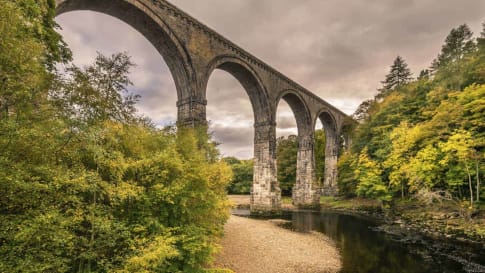
23 days
Oct, Apr, SepCanals and Railways in the Industrial Revolution Tour | Tours for Seniors in Britain
Visiting England
A small group tour of Wales, Scotland & England that traces the history of the journey that is the Industrial revolution. Knowledgeable local guides and your tour leader share their history with you on this escorted tour including Glasgow, London, New Lanark & Manchester, Liverpool and the Lake district.
From A$16,225 AUD
View Tour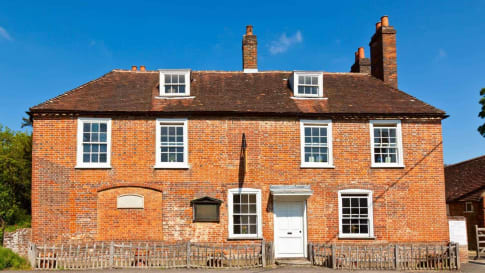
22 days
Jun, AugDiscovering the art and literature of England: Jane Austen, Shakespeare, and more
Visiting England
Stratford upon Avon, Shakespeares birthplace and Anne Hathaway's cottage as well as the Lake district a UNESCO World site and Dicken's London are part of guided tour for a small group tour of like minded people learning about the art and literature of England. Your tour leader and local guides share day tour itineraries to create a unique travel experience.
From A$15,450 AUD
View Tour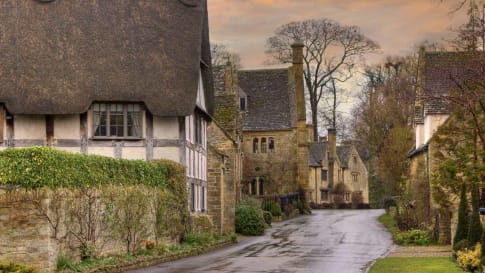
19 days
Sep, JunEngland’s villages small group history tours for mature travellers
Visiting England
Guided tour of the villages of England. The tour leader manages local guides to share their knowledge to give an authentic experience across England. This trip includes the UNESCO World heritage site of Avebury as well as villages in Cornwall, Devon, Dartmoor the border of Wales and the Cotswolds.
From A$14,750 AUD
View Tour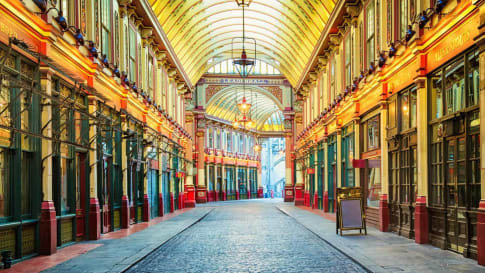
21 days
Jun, SepQueen Victoria's Great Britain: a small group tour
Visiting England, Scotland
A small group tour of England that explores the history of Victorian Britain. This escorted tour spends time knowledgeable local guides with travellers in key destinations in England and Scotland that shaped the British isles in this period including a collection of UNESCO world heritage locations.
From A$13,750 AUD
View Tour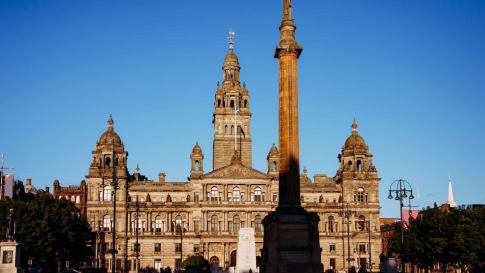
From A$12,650 AUD
View Tour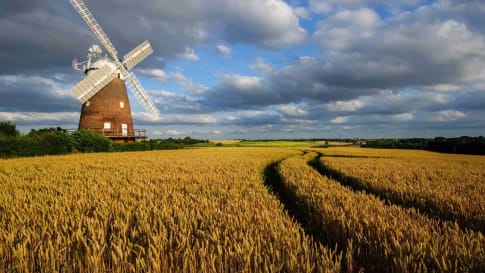
23 days
AprAgrarian and Industrial Britain | Small Group Tour for Mature Travellers
Visiting England
A small group tour of England that will explore the history of Agrarian and Industrial period. An escorted tour with a tour director and knowledgeable local guides take you on a 22 day trip to key places such as London, Bristol, Oxford & York, where the history was made.
From A$15,995 AUD
View Tour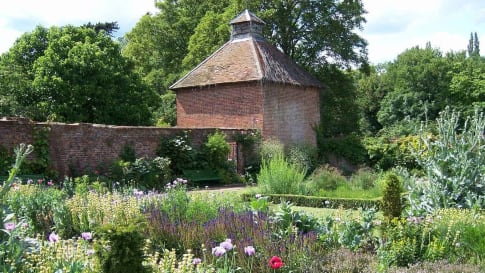
17 days
JunBritish Gardens Small Group Tour including Chatsworth RHS show
Visiting England, Scotland
From A$13,995 AUD
View TourRelated Articles
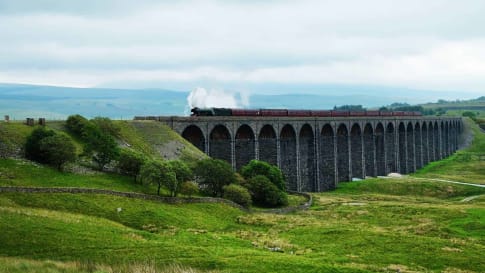
15 books on Britain's Industrial Revolution
Fifteen books on Britain’s Industrial revolution This reading list on Britain’s Industrial revolution complements Odyssey Travellers escorted small group tour that traces via the canal and railway network, the evolution of this monumental change in…
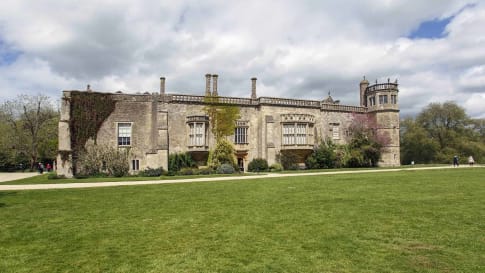
Britain’s National Trust role for successful small group history tours
Britain’s National Trust: Historic houses, gardens and natural wonders Britain is home to many attractions, many of them rich in the region’s history. Sites and artefacts are preserved beautifully, and […]

British Village Icons: Definitive Guide for Travellers
Icons of the British Villages: Pubs and Cottages The British pub and cottage figure prominently in the image of a (often romanticised) quintessential “British village”. In this article, we will give special attention to these…

London's Victorian Architecture: The Definitive Guide for Travellers
Small group educational tours for senior couples and mature solo travelers with History tours including those examining the Industrial revolution, Victorian Britain the Gilbert and Sullivan era via the D'Oyle Carte family and the cities such as Glasgow, Liverpool and Manchester.

Queen Victoria's Britain: The Definitive Guide for Travellers
Article for educational small group tours of England for senior couples and mature single travellers. Queen Victoria, Britain's longest serving monarch through most of the Industrial revolution and rural life and the Empire is discussed in this article.
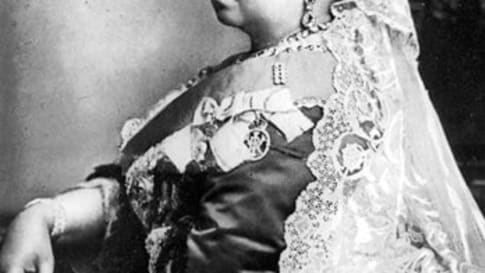
Queen Victoria's Britain part 2: The Definitive Guide for Travellers
Queen Victoria’s Britain (Part 2 of 2) This two-part article on Queen Victoria’s Britain was prepared by one of our Odyssey Program Leaders, Mal Bock. She will be leading this small group tour especially designed for…


